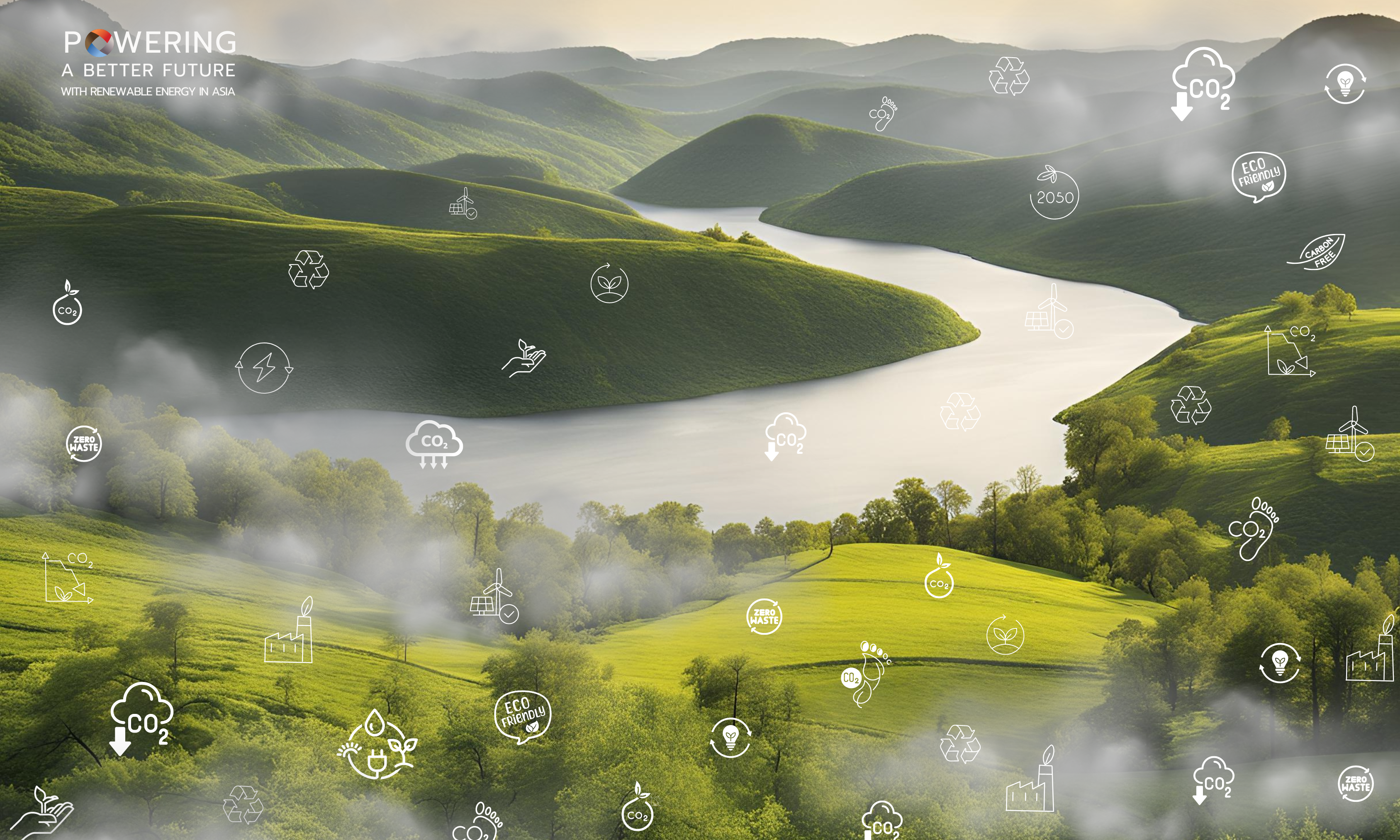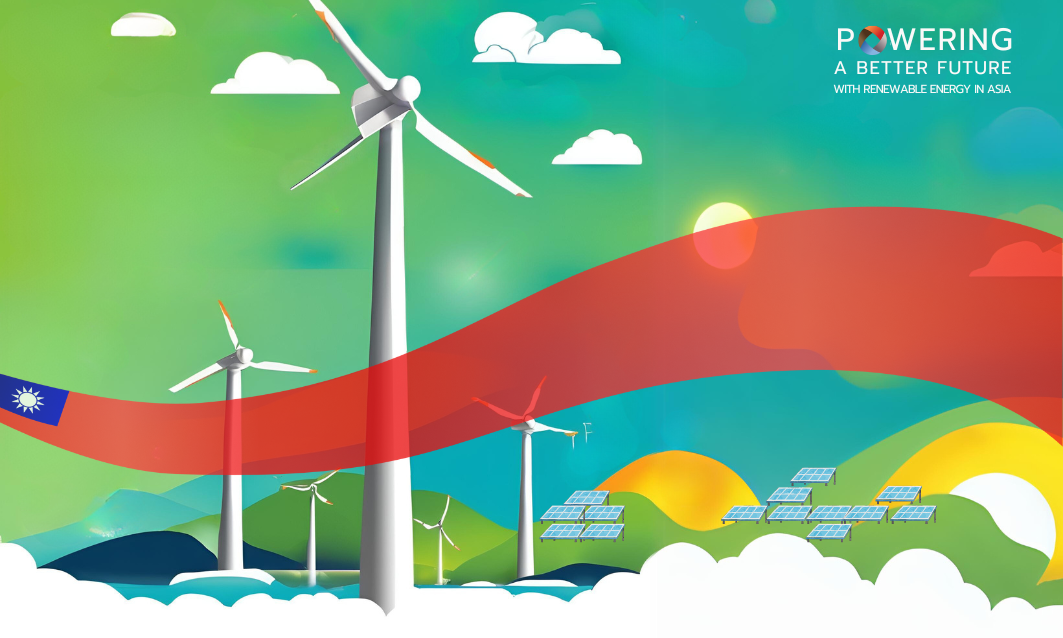Articles
Solar energy: Reliable renewable energy for everyone
30 September 2024

What is solar energy?
Solar energy is one of the first sources of renewable energy that we often think about.
This is because solar energy is the most familiar source of natural energy. It has been utilized for a long time, from the daily use of sunlight for light and warmth, clothes drying, and drying food production.
However, now widely used solar power began in the 1950s with the development of solar cells. This device converts light energy or photons into electricity using the photovoltaic phenomenon.
The solar cells produced during that time are still considered to be underperforming, which has limited their widespread used. However, photovoltaic technology has continued to evolve and become more efficient. It has become an efficient method of generating electricity and is now being used seriously today.
Despite being a long-standing source of energy, solar remains an efficient source of renewable energy that can provide substantial and continuous energy. Furthermore, it will continue to be a major source of renewable energy to ensure a secure energy in the future for humanity.
Solar power generation
The current process of using sunlight to generate electricity involves the use of photovoltaic panels or solar cells capable of absorbing photons or particles of light, which have their own energy. This absorption creates a pair of negative and positive charges.
These two charges are then separated to produce direct current (DC), which can be used in the electrical system. The use of solar panels to generate electricity can operate independently without connecting to other electrical systems (off grid/stand-alone). It involves using electricity from solar panels directly, without relying on other electrical systems.
However, electricity from solar panels can be used in conjunction with electricity from other systems (on grid). For instance, the electricity distribution system can draw power from the Electricity Authority when the energy from solar panels is insufficient. Conversely, the company can also sell excess electricity generated by solar panels to the Electricity Authority.
In addition, the use of hybrid solar systems combines the advantages of both off-grid and on-grid systems. Solar energy can be used independently. However, if solar energy production is insufficient, electricity from the Electricity Authority can still be used.
Currently, there are three widely popular solar panel installation models: solar rooftop, solar farm, and floating solar.
Solar Rooftop
Rooftop solar cells, or solar rooftops, are the most popular model due to their easy installation and ability to make use of existing living areas. They are commonly used in households where solar panels are installed on the roof to capture sunlight during the day and generate electricity. In addition to residential applications, solar rooftops can also be installed on office buildings, parking structures, and industrial plants.
Solar Farm
A solar farm involves the installation of numerous solar panels across a vast area to produce significant amounts of solar power. It is another way for generating large amounts of electricity and is no different from natural gas power plants or other energy sources, but more environmentally friendly
Floating Solar
Floating solar cells operate similarly to solar farms, but they are not situated on the ground; instead, they are installed in the form of buoys on bodies of water. This method offers a way to convert unused space into renewable energy. Additionally, solar cells can be set up on lakes or ponds, providing an alternative for areas lacking open outdoor space.
Solar Power Plants
A solar power plant is a major source of solar energy that can supply electricity to a regional power system. It is also used to provide large amounts of electricity to specific areas or entities such as industrial plants, data centers, hospitals, or communities.
Currently, solar power plants are available in solar rooftop, solar farm, and floating solar installations on large areas. They are connected to electricity management and storage systems to generate electricity efficiently.
Solar power plants are a clean and sustainable source of electricity. They help reduce our reliance on polluting fossil fuels and decrease greenhouse gas emissions that cause global warming. Additionally, they contribute to securing the country’s energy supply.
Solar Power Plant Project of Sermsang Power Corporation Public Company Limited Group
Sermsang Power Corporation dedicated to advancing energy security and seeking alternative energy sources for society. Our primary focus is on solar energy, a highly renewable energy source that promotes environmental sustainability.
As of the second quarter of 2024, Sermsang Power Corporation commercially operates 7 solar farms in 4 countries: Thailand, Japan, Vietnam, and Mongolia. These solar farms currently have a total installed capacity of 191.5 MW. Additionally, the company has over 108 solar roof plants in 2 countries and Indonesia with, 15 projects with a total capacity of 8.3 MW in Thailand, and 93 projects with a total capacity of 35.0 MW in Indonesia. Overall, the total installed capacity of the company’s solar rooftop is 43.3 MW.
Sermsang Power Corporation is also committed to expanding energy access opportunities for entrepreneurs and households. They provide a full range of customer-designed, installation, and maintenance services to help manage electricity consumption.
In addition, Sermsang Power Corporation provides comprehensive solar rooftop systems. We offer end-to-end solar energy services (EPC), including engineering design, solar system structure installation, and project permission, in the form of on-grid, off-grid, and hybrid.
Source:Egat
GPSC
NPS





